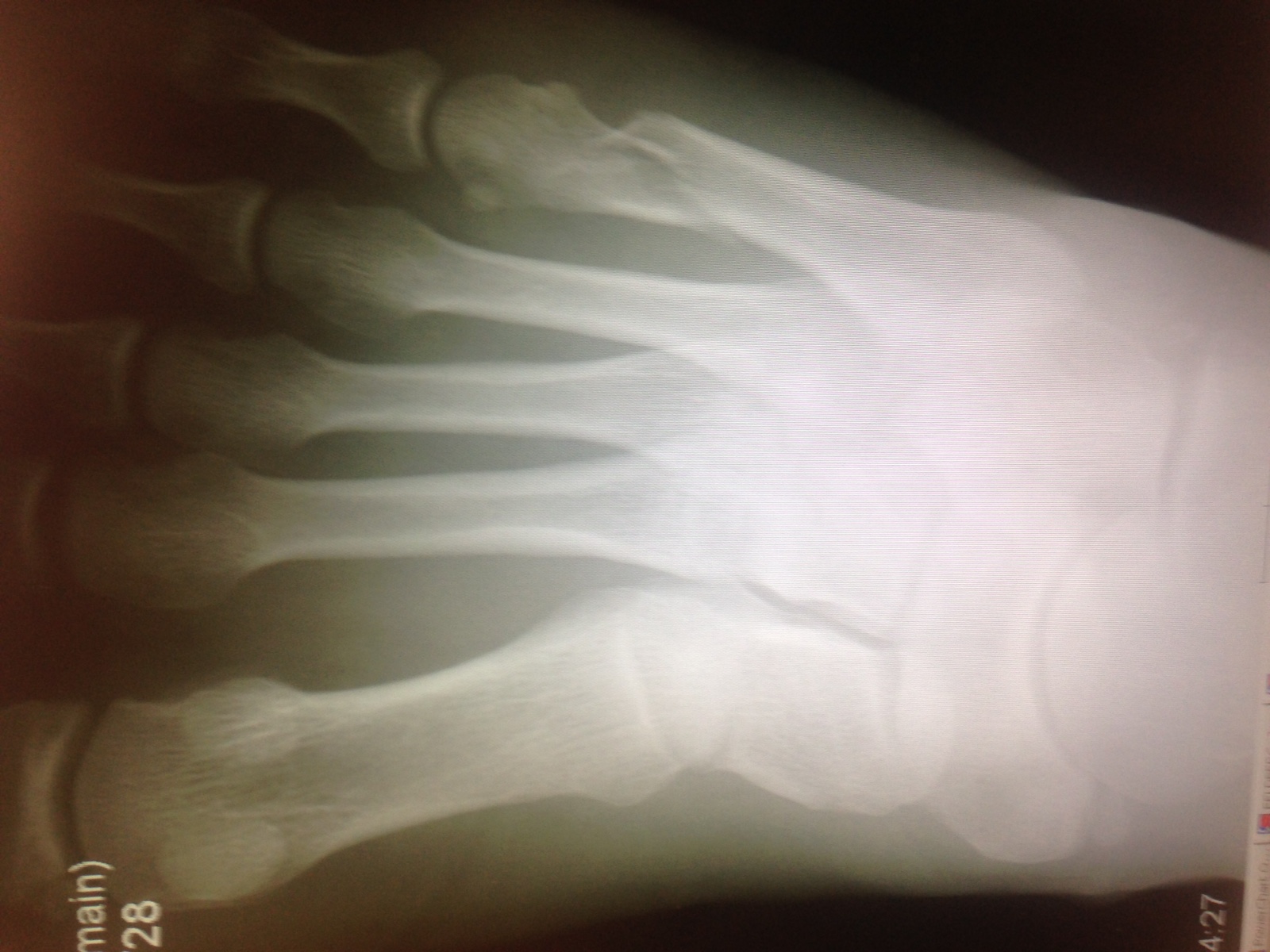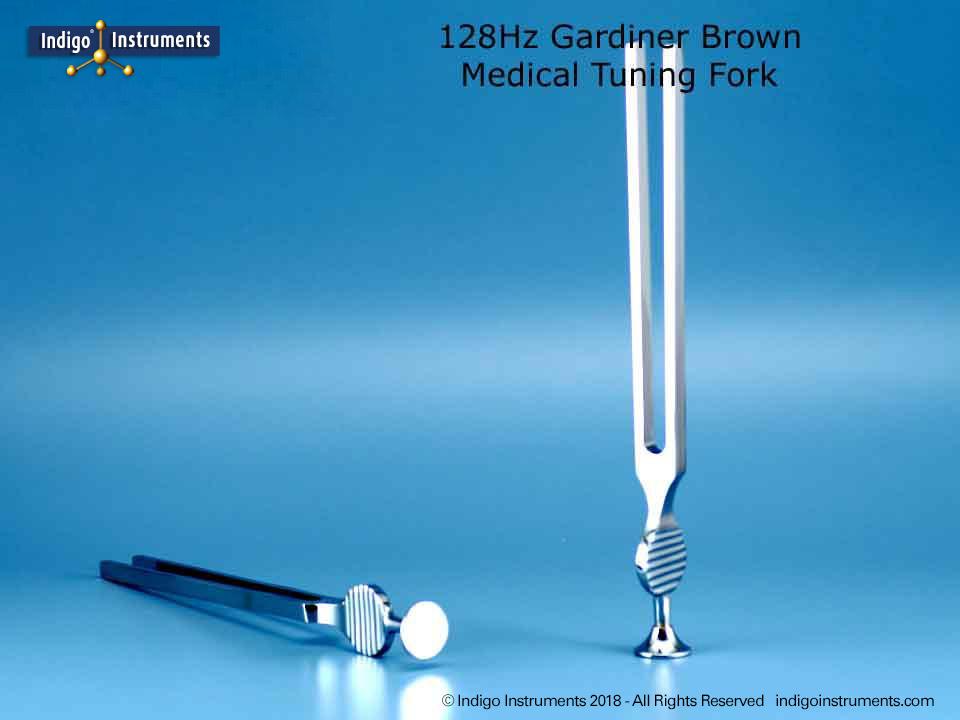

Results: The results show a statistically significant difference between diabetic patients and control by using TENS in which there is significant decrease in vibration sense in diabetic patients in comparison to control. a score of vibration perception graded from 0 (no sensation) to 8 loss of sensation after 8 seconds) when using a tuning fork. control group fell sensation up to 40 mA. According to results we can divide diabetic neuropathy to mild in which the patients fell sense from 40 mA to 60 mA, moderate in which the patients feel sense from above 60 mA to 80 mA, severe in which the patient feel sensation from above 80 mA to 100 mA.

The measurements were taken at hallux on the right and left foot.
TUNING FORK TEST FOOT FREE
The vibration sense testing using a tuning fork was Performed with a tuning fork with a free vibration frequency of 128 Hz. TENS units intensity ranges from 1 mA to 100 mA. TENS probes were placed adjacent to the hallux.
TUNING FORK TEST FOOT TRIAL
Here in this trial we chose 1 point in each foot: the hallux. In all patients (diabetic patients and controls), we evaluated the presence of peripheral neuropathy by using a 128 Hz tuning fork and TENS (Transcutaneous electrical nerve stimulation). Materials and methods: 100 patients into 2 parallel groups. conventional TENS act through stimulating large diameter (A-beta) nerve fibers. TENS is considered as a non-invasive, cheap technique. There are new methods to evaluate vibration sense and pressure sensation acting on Aβ, and C type fibres. Pacinian corpuscles consist of large myelinated A-beta fibers detecting high frequency vibration and deep pressure. Vibratory sense is perceived by mechanoreceptors, which have 2 types, Pacinian corpuscles and Meissner corpuscles. Table 1 – Risk Categorization System CategoryĪm Fam Physician. 2016 Nov 15 94(10):834-835.Introduction: When diabetes mellitus is diagnosed, peripheral neuropathy is present in about 20 % of cases. Over the age of 40 years old, 30% of people with diabetes have loss of sensation in their feet.” In people with diabetes, 22.8% have foot problems – such as amputations and numbness – compared with 10% of Muscle atrophy or intrinsic muscle wasting can lead to foot deformities such as foot drop, equinus, and hammertoes.

Motor neuropathy resulting in anterior crural Other forms of neuropathy may also play a role in foot ulcerations. Approximately 45-60% of all diabetic ulcerations are purely neuropathic. Peripheral sensory neuropathy in the absence of perceived trauma is the primaryįactor leading to diabetic foot ulcerations. Treatment of infected foot wounds accounts for up to one-quarter of all inpatient hospital admissions for people withĭiabetes in the United States. Perform all necessary tests to make the proper evaluation.”įoot ulceration is the most common single precursor to lower extremity amputations among persons with diabetes.
TUNING FORK TEST FOOT PLUS
“Lower Extremity Neurological Exam – Consists of a documented evaluation of motor and sensory abilitiesĪnd should include: 10-g monofilament plus testing any one of the following: vibration using 128-Hz tuningįork, pinprick sensation, ankle reflexes, or vibration perception threshold), however, the clinician should Patient informed that this exam needs to happen once a year.Īn acceptable exam is defined as follows. The patient doesn’t use any walking aids. Vibration using 128-Hz tuning fork: Normal. Inspection between toes, plantar surface, and heels is also normal. No joint deformities (Charcot’s disease). Normal limb color (no erythema or pallor). Visual inspection: Gen inspection reveals no missing limb, toes. Adequate exposure of entire legs was done. Consent was obtained and the procedure explained.


 0 kommentar(er)
0 kommentar(er)
